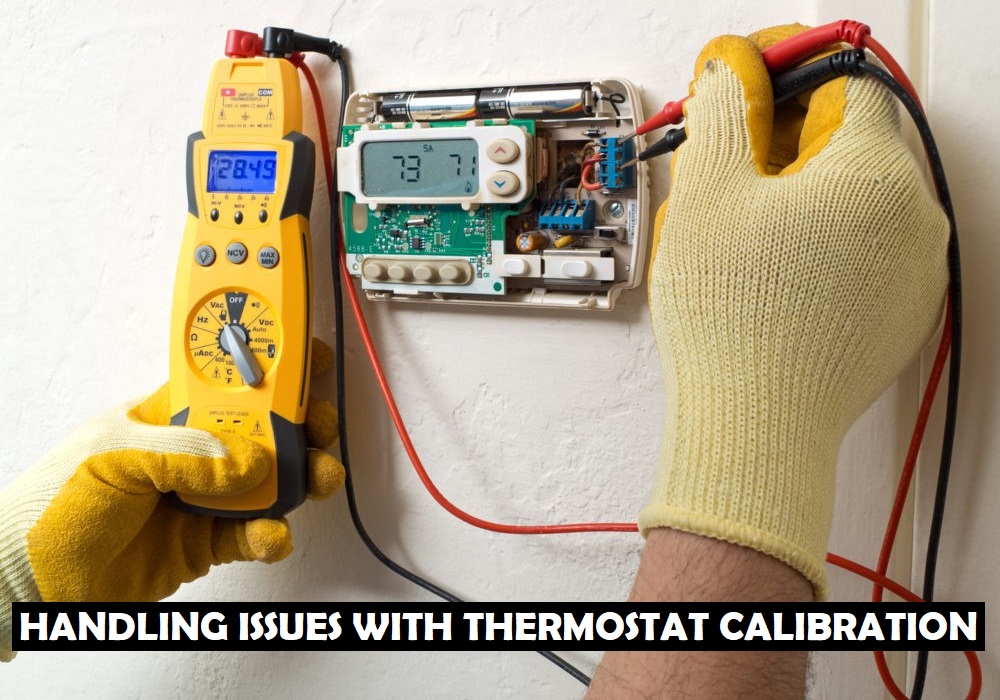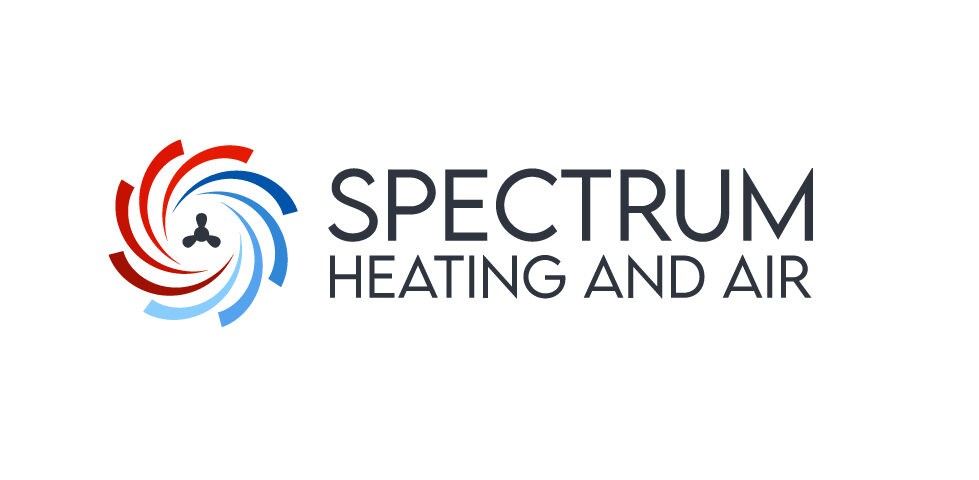In the modern era, where climate control is considered a necessity rather than a luxury, HVAC systems are the unsung heroes of our homes and workplaces. These sophisticated systems are designed to maintain the ideal indoor temperature, ensuring comfort and energy efficiency. At the heart of every HVAC system lies the thermostat, a device responsible for regulating temperature settings. However, what happens when your thermostat isn’t precisely calibrated? In this comprehensive article, we will delve deep into the intricacies of thermostat calibration, explore the common issues that can arise, and understand how HVAC services expertly handle and rectify these calibration-related challenges.

Understanding the Significance of Thermostat Calibration
What is Thermostat Calibration?
Before we dive into the complexities of thermostat calibration, let’s establish what this term means. In simple terms, calibration refers to the process of adjusting a thermostat to ensure its temperature readings accurately reflect the actual temperature within a room or space.
Why is Accurate Calibration Essential?
Accurate calibration is pivotal for several reasons. Firstly, it is the linchpin of effective climate control. When your thermostat is calibrated correctly, it ensures that your HVAC system responds promptly and precisely to temperature fluctuations, guaranteeing optimal comfort levels. Secondly, accurate calibration prevents temperature inconsistencies within your home or office, ensuring a consistent and pleasant indoor climate throughout.
Signs of Thermostat Calibration Issues
Recognizing the Problem
To effectively address calibration issues, one must first be able to recognize the signs that indicate a problem may exist. Some common indicators of thermostat calibration issues include:
- Temperature Variations: You may notice noticeable temperature differences between various areas of your home or office. For instance, one room might feel significantly colder or warmer than another.
- Frequent Cycling: If your HVAC system seems to be turning on and off more frequently than usual, this could be a telltale sign of calibration problems. Frequent cycling not only disrupts your comfort but also increases wear and tear on your HVAC system.
- Inaccurate Temperature Readings: Perhaps one of the most apparent signs is when the thermostat displays temperatures that do not align with your comfort preferences. You set it for a cozy 72°F, but it feels more like a sweltering 76°F.
How HVAC Services Diagnose Calibration Problems
Professional Assessment
When you suspect that your thermostat is not accurately calibrated, it’s time to call in the professionals – HVAC technicians who are well-versed in the art and science of climate control. Here’s how they diagnose and rectify calibration issues:
- Temperature Testing: The first step involves using precise instruments to measure the actual room temperature. This measured temperature is then compared to the reading displayed on your thermostat. Any discrepancies provide crucial insights into calibration problems.
- Thorough Inspection: HVAC technicians perform a meticulous inspection of the thermostat. They check for dust, debris, or any electrical issues that may be affecting the device’s calibration. Dust and debris can accumulate over time, causing the thermostat’s sensors to misinterpret temperature readings.
- Calibration Adjustment: If the diagnosis indicates calibration issues, technicians will expertly recalibrate the thermostat. This process involves making precise adjustments to ensure that the thermostat accurately reflects the actual temperature in the room. This step is critical in restoring your HVAC system’s performance to its optimal state.
Addressing Calibration Issues
Cleaning and Maintenance
Regular maintenance is the cornerstone of thermostat longevity and accuracy. HVAC services recommend the following steps to keep your thermostat in peak condition:
- Thorough Cleaning: Over time, dust and debris can accumulate within the thermostat, interfering with its sensors. Regularly cleaning the interior components of the thermostat can help maintain its accuracy.
- Battery Replacement: Many thermostats are battery-operated. Replacing the batteries as needed is a simple yet effective way to prevent power-related issues that can affect calibration.
- Software Updates: In the age of smart thermostats, firmware updates play a crucial role in maintaining performance. Keeping your thermostat’s software up-to-date ensures that it functions optimally.
Replacement
In some instances, despite meticulous cleaning and maintenance efforts, calibration problems may persist. In such cases, HVAC professionals may recommend replacing the thermostat. A new, more advanced thermostat can offer improved accuracy and additional features, such as programmable settings and remote control capabilities.
Benefits of Proper Calibration
Enhanced Comfort
Accurate thermostat calibration guarantees that your HVAC system consistently maintains the desired temperature throughout your space, translating to enhanced comfort levels for you and your family or coworkers.
Energy Efficiency
One of the most significant advantages of precise thermostat calibration is improved energy efficiency. When your thermostat accurately reflects the room’s temperature, your HVAC system operates more efficiently, reducing energy consumption and ultimately lowering your utility bills.
Prolonged System Lifespan
Properly calibrated thermostats contribute to the longevity of your HVAC system. By reducing the strain on the system, they can help extend its lifespan, sparing you from costly repairs or replacements.
In summary, thermostat calibration is a fundamental aspect of maintaining indoor comfort and maximizing energy efficiency. When you encounter calibration issues, it is advisable to enlist the services of HVAC professionals. They possess the expertise and tools necessary to diagnose problems accurately, make precise adjustments, and recommend thermostat replacements if required. By ensuring accurate calibration, you can enjoy a comfortable indoor environment while reaping the benefits of lower energy costs.




